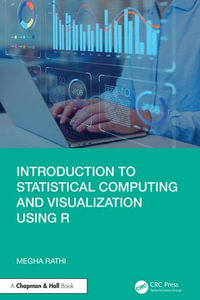
eTEXT
Sparse Representation, Modeling and Learning in Visual Recognition
Theory, Algorithms and Applications
By: Hong Cheng
eText | 25 May 2015
At a Glance
eText
$129.00
or
Instant online reading in your Booktopia eTextbook Library *
Read online on
Desktop
Tablet
Mobile
Not downloadable to your eReader or an app
Why choose an eTextbook?
Instant Access *
Purchase and read your book immediately
Read Aloud
Listen and follow along as Bookshelf reads to you
Study Tools
Built-in study tools like highlights and more
* eTextbooks are not downloadable to your eReader or an app and can be accessed via web browsers only. You must be connected to the internet and have no technical issues with your device or browser that could prevent the eTextbook from operating.
ISBN: 9781447167143
ISBN-10: 1447167147
Series: Advances in Computer Vision and Pattern Recognition
Published: 25th May 2015
Format: PDF
Language: English
Audience: General Adult
Publisher: Springer Nature
Country of Publication: US























